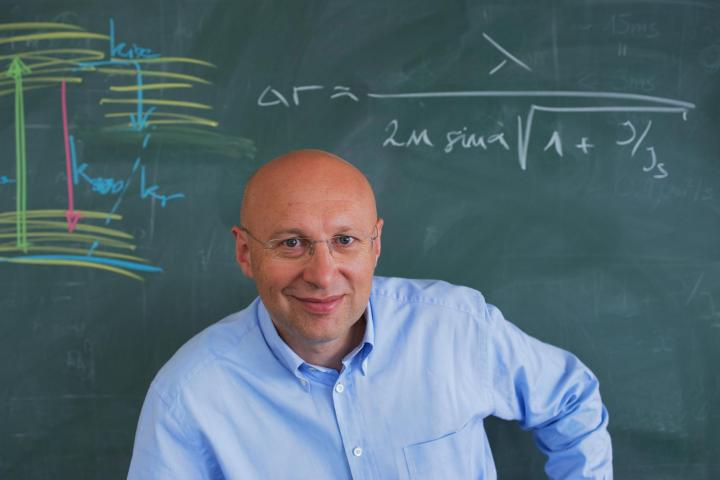
Annotation of the lecture:
Throughout the 20 th century it was widely accepted that a light microscope relying on
conventional optical lenses cannot discern details that are much finer than about half
the wavelength of light (200-400 nm), due to diffraction. However, in the 1990s, the
viability to overcome the diffraction barrier was realized and microscopy concepts
defined, that can resolve fluorescent features down to molecular dimensions. In this
lecture, I will discuss the simple yet powerful principles that allow neutralizing the
limiting role of diffraction 1,2 . In a nutshell, feature molecules residing closer than the
diffraction barrier are transferred to different (quantum) states, usually a bright
fluorescent state and a dark state, so that they become discernible for a brief period of
detection. Thus, the resolution-limiting role of diffraction is overcome, and the
interior of transparent samples, such as living cells and tissues, can be imaged at the nanoscale.
Details on professor´s Hell visit can be found here.
The event can be watched on Facebook.